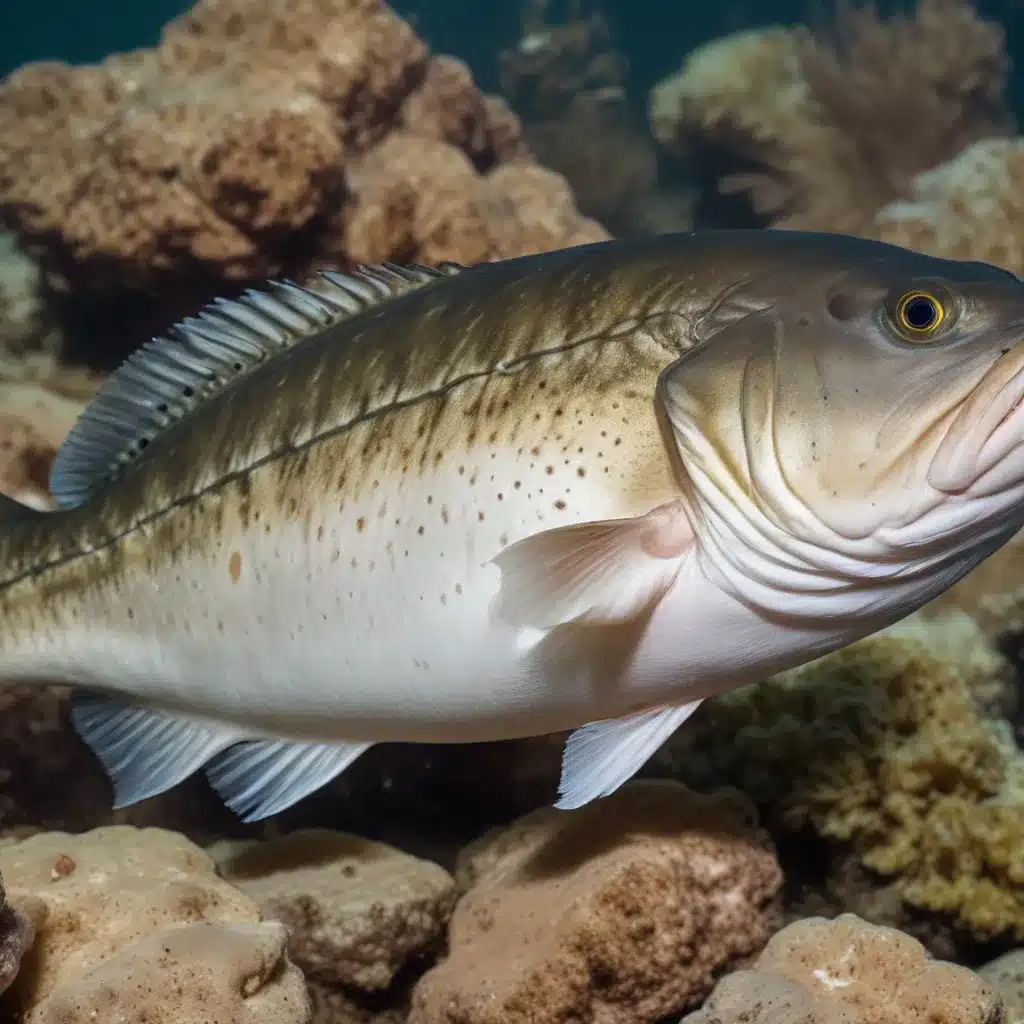
Salty, flaky, and versatile, cod is a fish that has captivated palates and shaped global cuisines for centuries. From the shores of the North Atlantic to the bustling kitchens of seafood-loving cultures, this unassuming species has played a pivotal role in the culinary history of the world. Join us as we dive deep into the fascinating world of cod, exploring its biology, culinary significance, commercial impact, and the crucial ecological role it plays in marine ecosystems.
The Biology of Cod
Cod, scientifically known as Gadus morhua, is a species of saltwater fish belonging to the family Gadidae. This cold-water dwelling creature is native to the northern Atlantic Ocean, thriving in the chilly, nutrient-rich waters that stretch from the coasts of North America to northern Europe. Cod’s distinctive anatomy, including its streamlined body, large mouth, and prominent barbel (a whisker-like appendage near the chin), makes it well-suited for life in the open ocean.
Cod is a teleost fish, meaning it has a bony skeleton and a more advanced physiology compared to its cartilaginous counterparts like sharks. These fish are known for their impressive longevity, with some individuals living up to 25 years. Their impressive size, reaching up to 2 meters in length and weighing up to 100 kilograms, is a testament to the bounty of the seas they inhabit.
Cod’s expansive distribution, from the Barents Sea to the Georges Bank, is a result of its remarkable adaptability. These fish can thrive in a variety of habitats, from shallow coastal waters to the depths of the continental shelf, making them a ubiquitous presence in the northern Atlantic. Their populations have fluctuated over the centuries, with overfishing and environmental changes posing significant threats to their long-term sustainability.
Culinary Significance of Cod
The culinary significance of cod cannot be overstated. This fish has been a staple in the diets of seafaring cultures for millennia, prized for its firm, flaky texture and mild, versatile flavor. Cod’s nutritional profile is equally impressive, boasting an abundance of protein, vitamins, and minerals that have made it a dietary cornerstone for coastal communities.
From the simple pleasures of fish and chips to the elegant splendor of poached cod in beurre blanc, this fish has graced the tables of cuisines around the world. In Portugal, the beloved bacalhau (salted and dried cod) is the centerpiece of countless traditional dishes, showcasing the innovative ways this resilient fish can be prepared. In coastal regions of the United States, cod chowder has long been a comforting favorite, while the Japanese have elevated cod to new heights with delicate cod sashimi and miso-glazed cod.
Cod’s cultural significance extends far beyond its culinary applications. In many seafaring communities, this fish has been revered as a symbol of abundance, sustenance, and the enduring connection between humanity and the sea. The cod’s journey from the depths of the ocean to the dinner table has been woven into the fabric of countless cultures, making it a truly iconic and beloved ingredient.
Commercial Cod Fishing
The commercial fishing of cod has been a driving force behind the exploration and settlement of regions around the North Atlantic. From the Vikings’ expeditions to Greenland and North America in search of this prized fish to the Basque whalers who mastered the art of salting and drying cod, the pursuit of this aquatic treasure has shaped the course of history.
Fishing methods for cod have evolved over the centuries, from the simple hook-and-line techniques of the past to the sophisticated trawlers and longlines of today. However, the relentless pursuit of cod has also led to the depletion of many stocks, prompting increased sustainability concerns and the need for more responsible fishery management.
The global cod market is a complex and ever-changing landscape, with major producers like Norway, Iceland, and the United States vying to meet the insatiable demand for this versatile fish. As consumers become more conscious of the environmental impact of their seafood choices, the cod industry has had to adapt, exploring innovative aquaculture methods and promoting the importance of sustainable fishing practices.
Cod in the Ecosystem
Beyond its culinary and commercial significance, cod plays a crucial role in the delicate balance of marine ecosystems. As a predator, cod helps regulate the populations of its prey, including smaller fish, crustaceans, and even other cod. This top-down influence ensures the overall health and resilience of the oceanic food web.
However, the overexploitation of cod has had far-reaching consequences, disrupting the natural equilibrium of these ecosystems. The depletion of cod stocks has been linked to the decline of other species, such as seabirds and marine mammals, that rely on this fish as a primary food source.
In response to these environmental challenges, conservation efforts have been implemented to protect cod populations and promote the long-term sustainability of these valuable resources. From regulated fishing quotas to the establishment of marine protected areas, the future of cod and the overall health of our oceans are inextricably linked.
As we continue to uncover the fascinating secrets of this beloved fish, it is clear that cod’s legacy extends far beyond the plate. From the Vikings’ daring expeditions to the modern-day quest for sustainable fisheries, the story of cod is a testament to the enduring connection between humanity and the sea. Whether you’re a seasoned seafood enthusiast or a curious newcomer, exploring the world of cod is a journey that promises to delight the senses and expand your understanding of the natural wonders that sustain us.
Ready to dive into the world of cod? Discover delicious recipes, expert tips, and the latest news on sustainable seafood by visiting Fish Tales Cafe.

